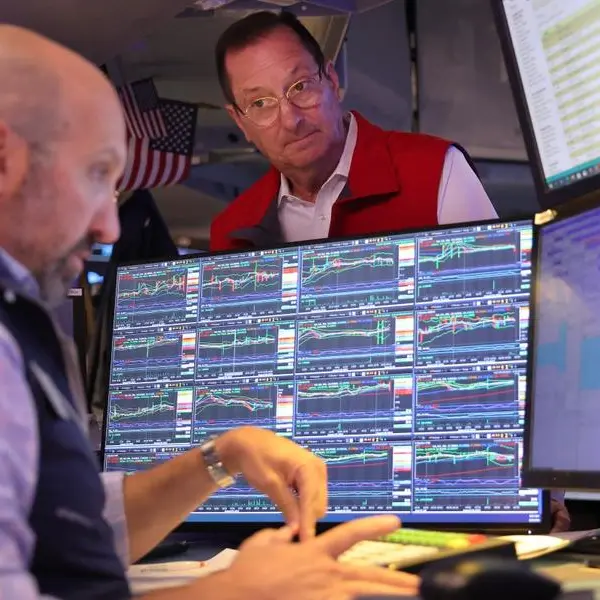Risk assets received a nice boost after the release of Friday’s Non-Farm Payrolls report in the United States. The 196,000 jobs added in March exceeded market estimates of 180,000 and February’s figure was revised slightly upwards to 33,000 from 20,000.
The added jobs are more than enough to keep the unemployment rate near its 50-year low if the momentum in the labour market is sustained over the coming months. However, this wasn’t the only piece of information that encouraged equity bulls. It was the wage growth which slowed down to 3.2 percent from February’s pace of 3.4 percent, which was the fastest in a decade. A strong headline figure along with weaker wage growth suggests two things. It confirms that the US remains in a growth mode, although it may be in a late cycle, and non-inflationary pressure will keep the Fed on hold, both of which are good ingredients for the bull market.
This week we’ll get to know more about why the Federal Reserve decided to pause on hiking rates in 2019. On Wednesday, the Fed will release the minutes from the March meeting, and probably the biggest question is: does the Fed know something that investors don’t know about? Markets are now expecting a 60 percent chance of a rate cut by year-end, and President Trump is seen pushing aggressively for lower rates. If inflationary pressures are headed lower, the Fed will probably consider Trump’s advice, but at this stage, there are no signs of a fall in prices.
The mood from the U.S.-China trade talks continues to be positive although no deal has been achieved yet. Officials from both sides will resume negotiations this week in hopes of resolving outstanding issues and put an end to the trade disputes. However, markets have been pricing in a breakthrough for a couple of months, so a deal should be compelling enough to provide a further push to risk assets.
Investors will also keep a close eye on U.S. earnings, with JP Morgan and Wells Fargo kicking off the season on Friday. According to FactSet, earnings are expected to decline 4.2 percent in Q1, which will mark the first year-over-year decline since Q2 2016. While this decline in earnings is already priced in, it’s the surprise factor and forward guidance that will lead Wall Street.
In commodity markets, Brent and WTI posted new highs for 2019. OPEC’s ongoing supply cuts and US sanctions on Iran and Venezuela have been the major driver of prices throughout this year. However, the latest boost was received from an escalation of fighting in Libya which is threatening further supply disruption. If output from Libya is reduced significantly in the upcoming days and OPEC does not act, we may see a further 5-10 percent surge in prices over the next two weeks.
For more information, please visit: FXTM
Disclaimer: This written/visual material is comprised of personal opinions and ideas. The content should not be construed as containing any type of investment advice and/or a solicitation for any transactions. It does not imply an obligation to purchase investment services, nor does it guarantee or predict future performance. FXTM, its affiliates, agents, directors, officers or employees do not guarantee the accuracy, validity, timeliness or completeness of any information or data made available and assume no liability for any loss arising from any investment based on the same.
Risk Warning: CFDs are complex instruments and come with a high risk of losing money rapidly due to leverage. You should consider whether you understand how CFDs work and whether you can afford to take the high risk of losing your money.
Any opinions expressed here are the author’s own.
Disclaimer: This article is provided for informational purposes only. The content does not provide tax, legal or investment advice or opinion regarding the suitability, value or profitability of any particular security, portfolio or investment strategy. Read our full disclaimer policy here.
© Opinion 2019





















